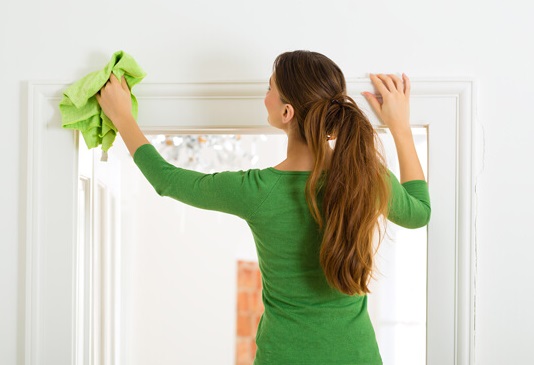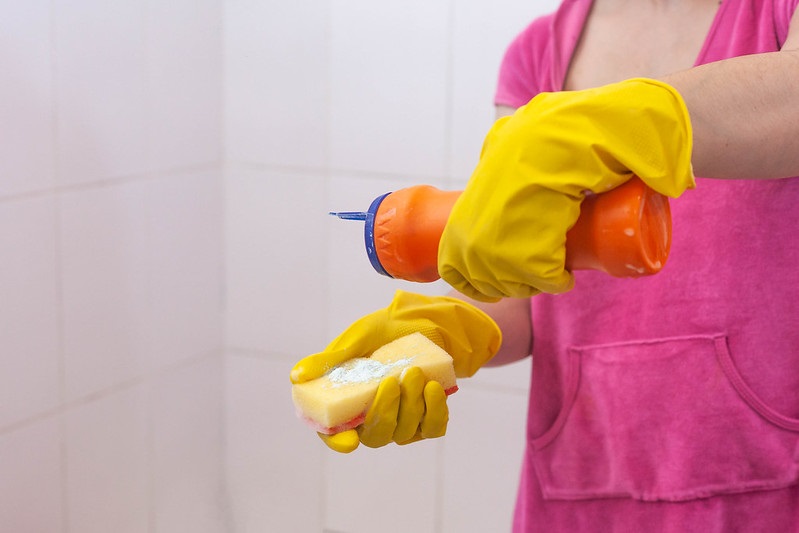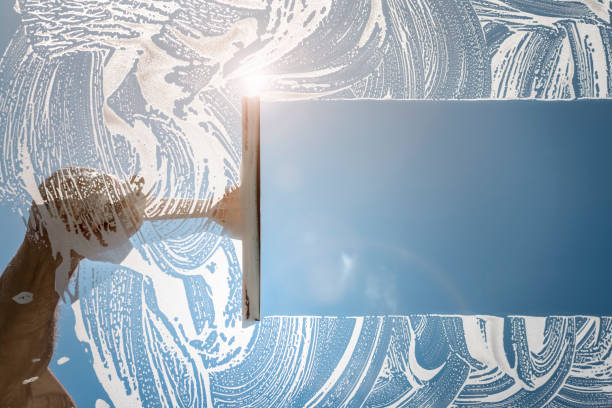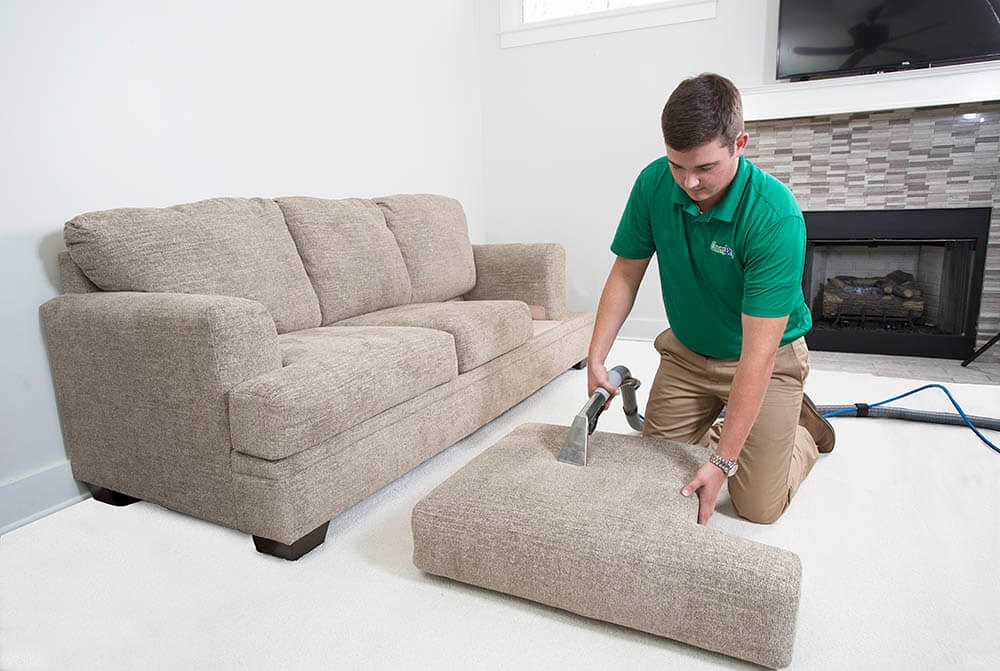How To Clean Wall Stains
Table of Contents
Removing Wall Stains
Dirty painted walls can be a menace in your house or business premises. A dirty, stained wall is not something to be proud of. It can make a bad impression on any customers and visitors who come to visit your house or get a product or service from your business premises.
Painted walls need a thorough cleaning once in a while to remove any accumulated dirt and stains and look their best. Knowing how to clean paint is not necessarily a top cleaning know-how priority, but it will be prudent to understand how to handle any stains if an accident occurs.
Therefore, if you know how best to remove these stains from your wall, whether grime, dust, greasy fingerprints, among others, it will make things way easier for you. As you read through this article, you will find some helpful tips to clean stains from your dirty walls by yourself.
If you choose to clean your stained walls yourself, you should be very cautious when cleaning flat painted walls. If you do it without caution, you might get rid of the paint finish.
How Often Should You Clean Your Walls?
If you want to have clean walls, it is highly recommended to clean them at least once a year. In the case of restaurant walls or kitchen walls, ensure that you clean them when they seem dirty and messy. You can also clean your walls if you want to repaint them.
Some painted walls can leave behind a frustrating permanent wet mark after cleaning. It is thus important to ensure that you carry out a test of what you are using to clean your walls in a hidden or inconspicuous area of the wall.
Effective Methods To Clean Wall Stains

As you read on, you will discover that there are several methods to clean wall stains, as mentioned below. Ensure that before you begin cleaning the stained walls, you only use materials such as dust mops, sponges or clean microfiber cloths that will not leave behind scratches on your painted wall.
Below are some of the ways to clean wall-stains without having to reach out to a reliable local cleaning company.
Warm Water and a Gentle Detergent
Step One: Dust your walls
Make sure you dust excess dirt off your painted walls using a clean cloth. If you skip dusting, you will spread grime all over the walls during the cleaning process. Then use a soft broom with a rug bristle or even a dust mop to wipe the dust on your walls in places you cannot reach. In places that you can easily access, make use of a lint-free clean cloth.
Step Two: Wash the walls
For this step, you will need warm, soapy water. It is good to use Ecozone sensitive washing up liquid for this kind of work. In a bucket, mix a mild cleaning detergent of your choice with warm water. Slightly soak a sponge in the cleaning solution and wring it till it is damp before cleaning your walls.
If the rug is dripping water, it can leave behind Water Stains on the walls. After you are done, leave the wall for about 10 to 15 minutes. Afterwards, get another bucket of clean water to rinse off the soapy solution that you applied before. When using a mop to do the cleaning, dip the mop inside the solution in the bucket and squeeze out excess water.
Work from left to right in a wavy style. When you are done, use a microfiber cloth to dry the wall by putting it onto a flat-headed mop. Repeat the same motion you followed while cleaning with the soapy solution.
Cleaning Wall Stains with Vinegar
When it comes to most cleaning processes at home, white vinegar always comes in handy. If you require a solid agent for wall cleaning, use white vinegar to clean off tough stains or take care of grimy walls.
Get a bucket of warm water and add about one cup of vinegar to it. Using a clean and soft sponge, remove any stains on your wall.
Use a Mild Degreaser for Painted Kitchen Walls
Kitchen walls tend to have a lot of grease on them. Apart from washing and cleaning the wall with warm water and vinegar, you will need some mild degreaser to remove the grease from your walls effectively. Once you purchase it from your local hardware store near you, ensure that you follow all the outlined instructions by the manufacturer to avoid leaving streak marks on your walls.
Moreover, beware of the chemicals present in the product as you use it. If you are unsure about using a degreaser, stick to the warm water and vinegar solution or have a professional cleaner handle the matter.
Cleaning Wall Stains with Baking Soda and Water
Baking soda is also good for those stains that are a headache. Use a mixture of baking soda and water to clean wall stains. Also, ensure that you use a clean, soft towel.
Just add about half a cup of baking soda to a bucket of warm water. This solution is very effective for removing pen, pencil, and crayon marks from walls. Before you use this solution on your painted walls, make sure that you test it on hidden areas of your wall first.
Cleaning Wall Stains with Baby Wipes
You can also use eco-friendly baby wipes to remove odd stains from your walls. After using your wipes, do not flush them down your toilets.
Substances To Avoid When Cleaning Wall Stains
Any product that contains alcohol and other harsh chemicals is not suitable for cleaning painted walls. Compounds in alcohol or harsh chemicals can mess up your wall or even thin out the painting itself. Do not just open your cupboard and get out any cleaning product and clean your walls. Read the back of the cleaning product to find out its ingredients.
Even if you are using the mildest detergent to clean your wall, testing its suitability in an inconspicuous part of the wall is highly advisable to avoid messing up your paintwork.
Cleaning Wall Stains On Different Types Of Paint
Cleaning Walls with Flat Paint
Paint finishes that are a bit duller, including eggshells, flat or satin finishes, tend to be less durable when cleaned often. If you have such walls in your house that need cleaning, make sure that you avoid alcohol-based or harsh chemicals to clean them. Do not use degreasers on them too.
Even if you use a sponge to clean these walls, ensure that you do not scrub them very hard during cleaning. The clean cloth or sponge that you will be using to clean the wall should also be thoroughly wrung before it is used on the walls.
Cleaning Glossy or Semi-Gloss Painted Walls
Semi-gloss and glossy paints are usually durable. Most people prefer to paint high traffic areas in their kitchens or bathrooms using these paints. Even though these types of wall paintings are durable, they may be highly susceptible to scratches.
To clean semi-gloss or glossy painted walls, use a clean soft sponge or towel. You can also use a mild degreaser when cleaning these types of walls if you wish.
Cleaning Walls with Latex Paint
When cleaning a latex painted wall, make sure to use a non-abrasive all-purpose cleaner and hot water. Dip a clean sponge into the cleaning solution, then wring it. It should be damp and not dripping wet. When cleaning the wall, do it gently and make sure that you pay attention to mostly contacted places.
These are areas around sockets, light switches and doorknobs where wall stains are more. When wiping the areas around switches and telephone jacks, make sure you are careful. It is good to turn off the circuit breaker when cleaning around such areas.
If you are dealing with spots such as scuffs, fingerprints or newspaper smudges, make a paste of water and baking soda and scrub these areas with a non-abrasive cloth. If a mixture of water and vinegar does not get rid of stains and grime on painted woodwork, use rubbing alcohol to wipe the woodwork.
Cleaning Walls with Oil-Based Paint
To gently clean an oil-based wall, use either a solution of water and vinegar or a commercial cleaner. Dip a clean sponge into the cleaning solution, wring it till it is damp, and wipe the wall.
For textured painted walls, you will need to use borax to do deep cleaning. This is because textured walls are notorious dust catchers. Simply add about one and a half ounces of borax to every pint of water and use the solution to clean the wall.
Grease Busting Cleaners
There are a lot of effective grease cleaners in your house, which you probably do not know of yet. A lot of household products are excellent at removing grease. Just read on to learn about them and how to use them in the most basic form.
Here are some of the most effective grease cleaners that are found in most homes.
White Vinegar
Vinegar has acetic acid that can break down grease and oil. You can use vinegar by either mixing it with water or pouring some onto a sponge and using it to wipe the grease off your walls.
Dish Soap
Dish soap has a good capability of removing grease and oil from utensils in your kitchen. It is also handy when it comes to removing grease smears from your walls. Use a combination of hot water and dish soap to get rid of grease off your walls.
Baking Soda
A paste of water and baking soda is very handy for removing stains from your walls. You can use a non-abrasive cloth to clean off most stains with this paste.
Flour or Cornstarch
Cornstarch or flour is very effective when it comes to cleaning most stains off your walls. All you have to do is use water to make a paste and then apply it onto the stain and let it sit for a few minutes before wiping it off with a clean damp piece of cloth. If the wall stain is too tough to remove with one try, repeat the process for the best results.
Wall Stains Might Require Professional Services
Cleaning walls to remove stains is very important. Most people often vacuum their carpets and rugs and mop their floors but rarely clean their walls. As you touch and lean against the walls, you might leave behind different types of stains.
Therefore, it is good to give them a good cleaning to retain their vibrant and decorative look. If you do not have time to clean your wall by yourself, it is highly recommended that you have a reliable local cleaning company do the job for you once in a while.







